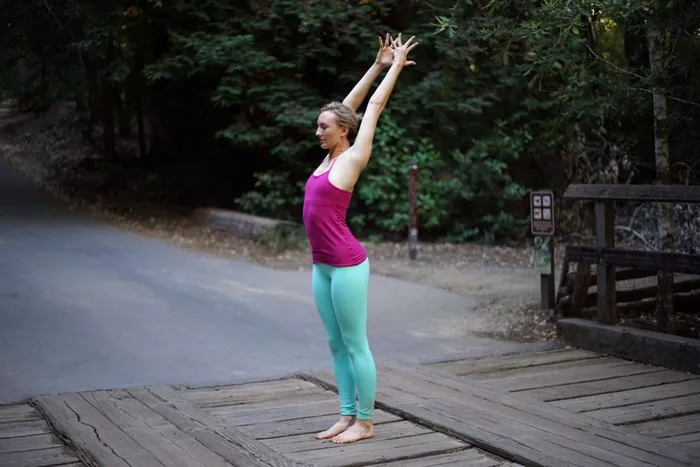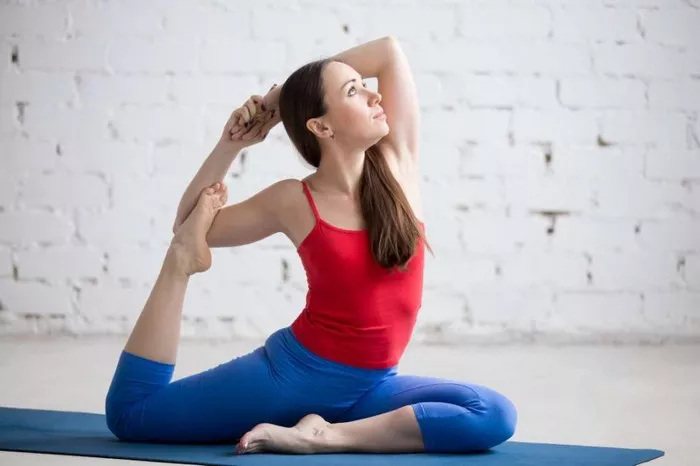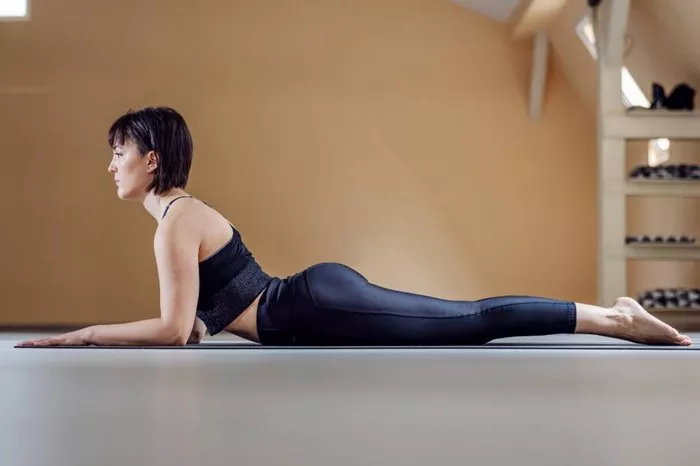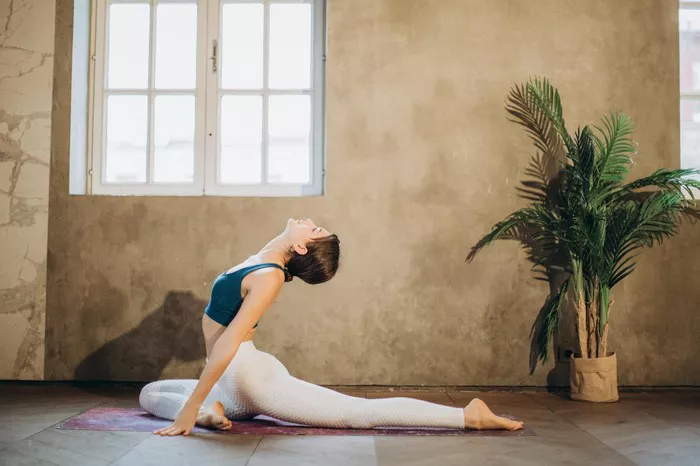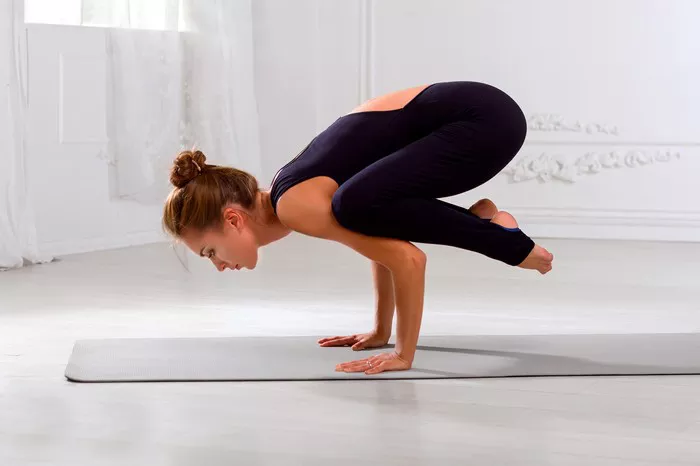Yoga has become synonymous with the image of a mat neatly spread out on the floor. However, this popular accessory is not a mandatory part of practicing yoga. Whether you find yourself without a mat or simply want to embrace a more minimalist approach, yoga without a mat is entirely possible and can be just as rewarding. This guide will explore various methods, benefits, and considerations for practicing yoga without a mat, allowing you to enjoy the flexibility and freedom that comes with it.
The Origins of Yoga: A Mat-less Practice
Yoga originated thousands of years ago in ancient India, long before the invention of the modern yoga mat. Early practitioners would use natural surfaces like grass, sand, or hard floors. The concept of a dedicated yoga mat is a relatively recent development, introduced for comfort and grip. Embracing yoga without a mat is, in many ways, a return to the roots of the practice, connecting you more deeply with its original essence.
Benefits of Practicing Yoga Without a Mat
1. Enhanced Connection with the Environment
Practicing yoga without a mat encourages you to engage with your surroundings in a more intimate way. Whether you are indoors on a hardwood floor or outdoors on the grass, the tactile sensation of different surfaces can enhance your sensory experience and deepen your connection to the environment.
2. Improved Balance and Stability
Without the cushion and grip of a mat, your body works harder to maintain balance and stability. This can help strengthen your core muscles and improve overall stability. Practicing on different surfaces challenges your body in new ways, enhancing proprioception and coordination.
3. Greater Flexibility and Adaptability
Mat-less yoga allows you to practice anywhere, anytime. Whether you are traveling, at the beach, or in a park, you can easily adapt to your surroundings and continue your practice. This flexibility encourages a more spontaneous and consistent yoga routine.
4. Environmental and Economical Benefits
Choosing to practice without a mat reduces waste and supports a more sustainable lifestyle. It also eliminates the need for purchasing and carrying a mat, making yoga more accessible and cost-effective.
Surfaces for Practicing Yoga Without a Mat
1. Grass
Grass provides a natural cushion and is gentle on the joints. It is an excellent surface for outdoor practice, offering a soft and forgiving foundation. However, ensure that the ground is even and free of debris to avoid injuries.
2. Sand
Practicing on sand, especially at the beach, adds an element of challenge due to its shifting nature. Sand provides natural resistance, making poses like standing balances and core work more demanding. It also offers a unique sensory experience and a connection to nature.
3. Hardwood Floors
Indoor spaces with hardwood floors are ideal for a stable and firm surface. While it may lack the cushioning of a mat, it allows for excellent grip and balance. Consider using a towel or blanket for poses that require knee or elbow support.
4. Carpet
Carpeted floors offer a bit of cushioning and are common in homes and offices. While they may not provide the same level of stability as a hard floor, they are comfortable for seated and supine poses. Be mindful of the surface texture, as it can affect grip and stability.
5. Tile or Concrete
Tile and concrete surfaces are hard and unforgiving, but they can still be used for yoga practice. Ensure you have appropriate padding, such as a folded towel or blanket, for poses that put pressure on your joints. These surfaces are excellent for balance and strength-building exercises.
Essential Tips for Practicing Yoga Without a Mat
1. Focus on Alignment
Without the boundaries of a mat, it is essential to pay extra attention to your alignment. Use visual cues in your environment to maintain proper form. For example, align your body with the lines of floor tiles or the edges of a towel.
2. Embrace Props
Incorporate props like blankets, towels, or cushions to provide support and cushioning when needed. These items can help protect your joints and enhance comfort during your practice.
3. Choose Appropriate Poses
Select poses that are suitable for the surface you are practicing on. For example, standing and balance poses are great on hard surfaces, while seated and supine poses are more comfortable on softer surfaces like grass or carpet.
4. Adjust Your Practice
Be prepared to modify your practice based on the surface and environment. Adapt your poses to ensure safety and comfort. For instance, if the ground is uneven, opt for more stable poses to prevent injury.
5. Listen to Your Body
Practicing without a mat can be more demanding on your body. Pay close attention to how your body feels and adjust accordingly. Take breaks, use props, and modify poses as needed to prevent strain or discomfort.
Sample Yoga Sequence Without a Mat
Here is a simple and effective yoga sequence that can be practiced without a mat. This sequence focuses on balance, strength, and flexibility while being mindful of the surface you are on.
1. Mountain Pose (Tadasana)
Start in a standing position with your feet hip-width apart. Ground your feet firmly into the surface and engage your core. Lengthen your spine and relax your shoulders. Take a few deep breaths to center yourself.
2. Tree Pose (Vrksasana)
Shift your weight onto your left foot. Bend your right knee and place the sole of your right foot on your left inner thigh or calf (avoid the knee). Find your balance and bring your hands to your heart center. Hold for a few breaths and switch sides.
3. Warrior II (Virabhadrasana II)
Step your feet wide apart. Turn your right foot out 90 degrees and your left foot slightly in. Bend your right knee, keeping it over your ankle, and extend your arms parallel to the ground. Gaze over your right hand and hold for a few breaths. Repeat on the other side.
4. Standing Forward Bend (Uttanasana)
Stand with your feet hip-width apart. Hinge at your hips and fold forward, allowing your head and arms to hang down. Bend your knees slightly if needed. Hold for a few breaths, feeling the stretch in your hamstrings and lower back.
See Also: How to Teach Goat Yoga
5. Downward-Facing Dog (Adho Mukha Svanasana)
From a standing position, bend forward and place your hands on the ground, walking them forward until your body forms an inverted V shape. Press your heels toward the ground and lengthen your spine. Hold for a few breaths.
6. Plank Pose
From Downward-Facing Dog, shift your weight forward into Plank Pose. Keep your body in a straight line from head to heels, engaging your core. Hold for a few breaths, focusing on strength and stability.
7. Cobra Pose (Bhujangasana)
Lower your body to the ground and lie on your stomach. Place your hands under your shoulders and gently lift your chest off the ground, using your back muscles. Keep your elbows close to your body and hold for a few breaths.
8. Child’s Pose (Balasana)
Sit back on your heels and fold forward, bringing your forehead to the ground. Extend your arms in front of you or alongside your body. Relax and hold for a few breaths, allowing your body to rest.
9. Seated Forward Bend (Paschimottanasana)
Sit with your legs extended in front of you. Hinge at your hips and fold forward, reaching for your feet or shins. Keep your spine long and hold for a few breaths, feeling the stretch in your hamstrings and lower back.
10. Savasana
Lie down on your back with your legs extended and arms by your sides. Close your eyes and relax your entire body. Focus on your breath and allow yourself to fully surrender and rest. Stay in Savasana for at least 5 minutes.
Conclusion
Practicing yoga without a mat can be a liberating and enriching experience. It challenges you to adapt and connect with your surroundings in new ways, enhancing your practice and deepening your mindfulness. Whether you find yourself without a mat or simply want to try something different, remember that the essence of yoga lies in the union of mind, body, and spirit—not in the accessories you use. Embrace the freedom and flexibility of mat-less yoga, and let your practice flourish wherever you are.
Related topics:

